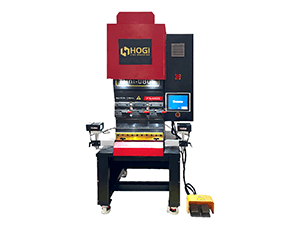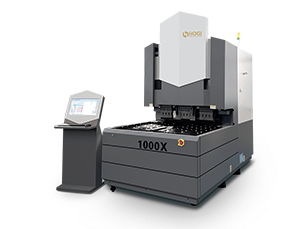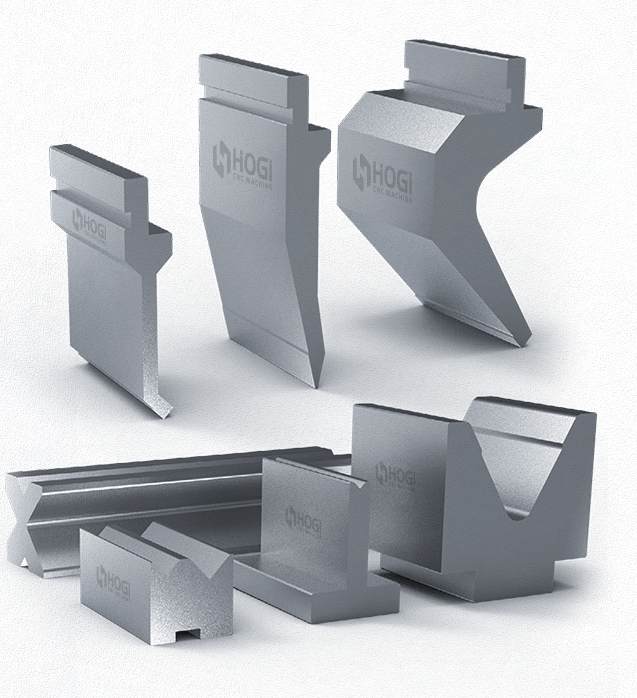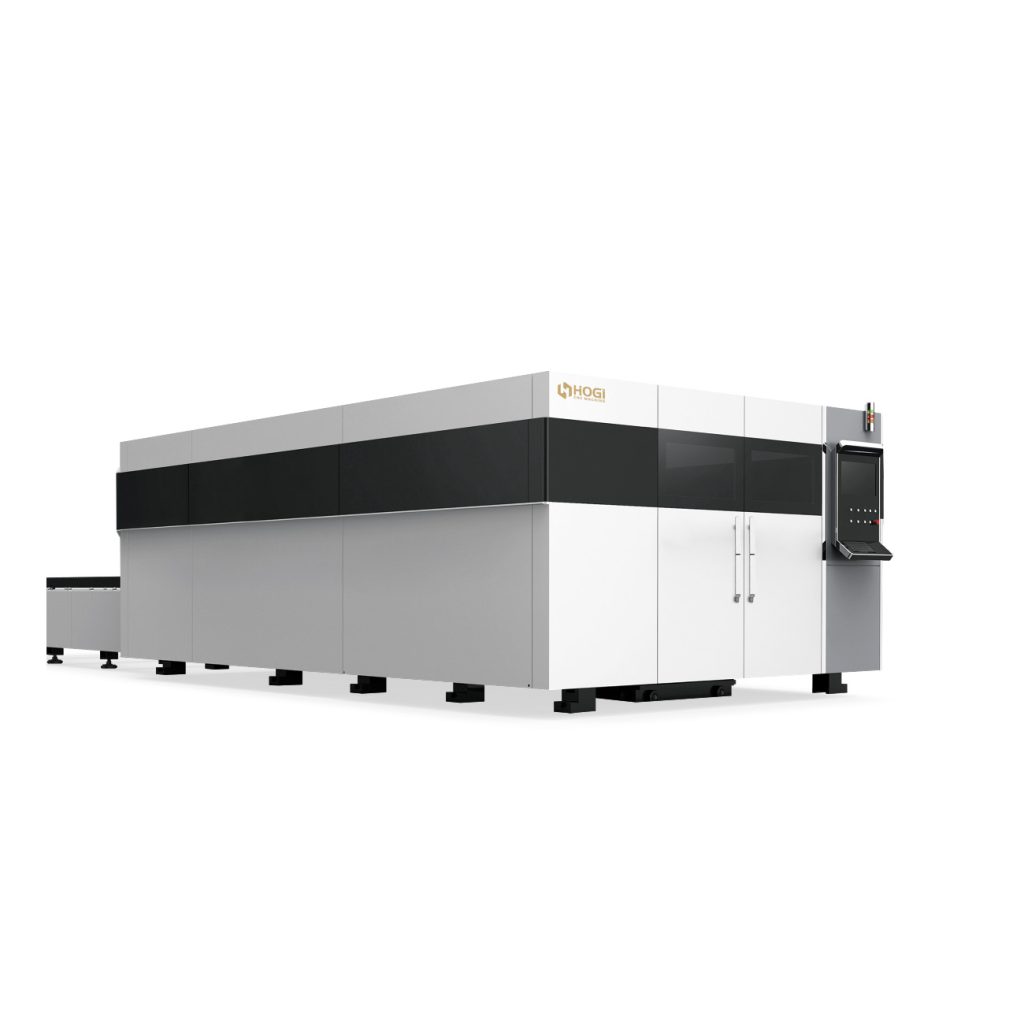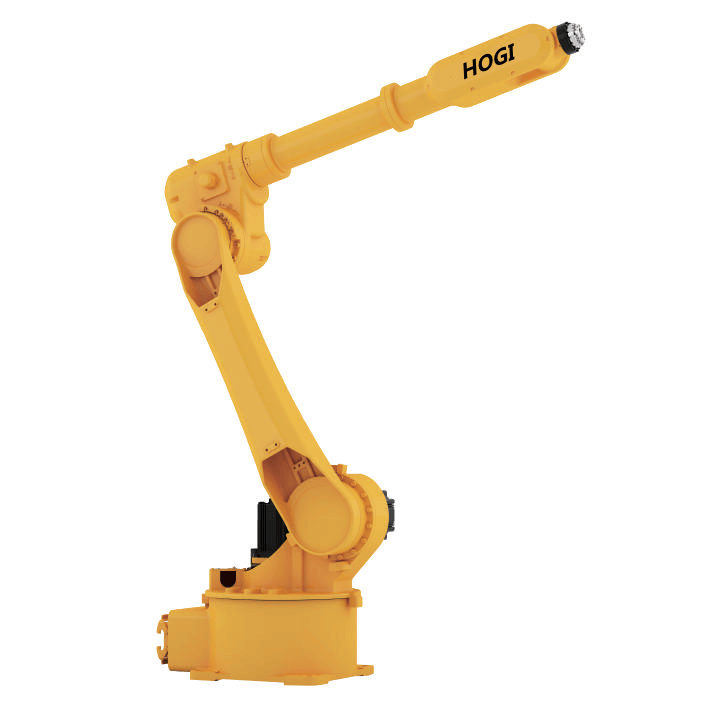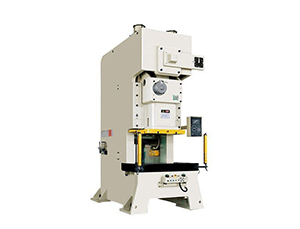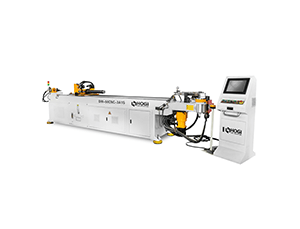Nowadays, the application cases of industrial robots in my country are increasing rapidly, and most of them are concentrated in the fields of welding, palletizing, spraying, etc., and sheet metal bending is a kind of work with high demand, certain risks and labor intensity, so robot bending The market prospect is very good. At present, 40% to 50% of the bending machines in sheet metal processing workshops in the European and American markets are equipped with automatic robot bending systems. In the next few years, the demand for bending robots will show linear upward trend.
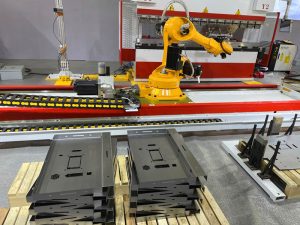
The bending station is mainly divided into six processes: feeding, reclaiming, centering, turning over, bending, and stacking.
Loading: Manually place the whole stack of sheets that need to be bent on the loading table, and install the sheet detection switch on the loading table to avoid the robot picking up the tray after all the metal sheets are bent.
Reclaiming: The robot moves to the feeding position, detects the height of the plate through the ultrasonic sensor installed on the gripper, and automatically runs to the appropriate position to grab the metal plate according to the detection result. The thickness of the material is detected to avoid picking up multiple pieces of material at one time, resulting in processing failures. After the thickness measurement is passed, it is ready to be aligned.
Alignment: The robot drives the product to the position of the positioning table, and places the metal sheet on the positioning table for precise positioning. After the positioning is completed, the sheet is picked up again to prepare for bending.
Turn over: According to the process requirements, determine whether it is necessary to use a turning frame for turning over. If necessary, move the robot to the position of the turning frame, place the metal sheet on the turning frame, and the robot releases the product, avoids it, and waits for turning After the completion of the plate suction.
Bending: The robot moves to the position of the bending machine, translates the metal sheet to the lower die of press brake, and performs precise positioning through the rear finger sensor of the bending machine. After the positioning is completed, the robot sends a bending signal to the bending machine. And cooperate with the bending machine to complete the bending follow-up action, and determine whether it needs to be bent again to decide whether to perform continuous bending action. Bending is the key link. The technical difficulty of bending lies in the cooperative action of the robot and the bending machine, that is, bending following. When the robot clamps or supports the metal sheet to bend, the sheet is deformed, and the robot needs to follow the sheet to perform arc following actions according to a specific trajectory algorithm, and always maintain a relatively fixed position with the sheet.
Palletizing: The robot moves to the position of the unloading table. Due to the difference in the shape of the workpiece, there are many kinds of palletizing process actions, such as conventional matrix palletizing, single and double-layer cross palletizing, positive and negative buckle palletizing and so on.
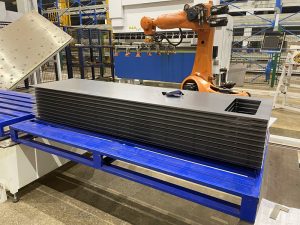
6-axis or 7-axis robot is equipped with 6+1 or (7+1, 8+1) axis electro-hydraulic servo CNC bending machine. Fully automatic bending machine for sheet metal, equipped with accessories such as centering table and turning bracket to meet the needs of automatic bending.
Advantages: labor saving, no safety hazard, suitable for long-term continuous operation, good workpiece accuracy consistency.
At present, whether it is a general-purpose standard six-axis robot, or a robot arm span or a bending-specific robot optimized for the bending process in shape, the bending follow algorithm is required to support the bottom layer, and there are few cases that do not need to follow the bending. less. If there is no good follow-up effect, the clamp or suction cup gripper will pull the workpiece due to the poor follow-up trajectory, forming sheet wrinkles and affecting the forming quality. Establishing an accurate robot bending following motion model is helpful to establish a good following trajectory algorithm, so as to obtain an excellent following effect.

